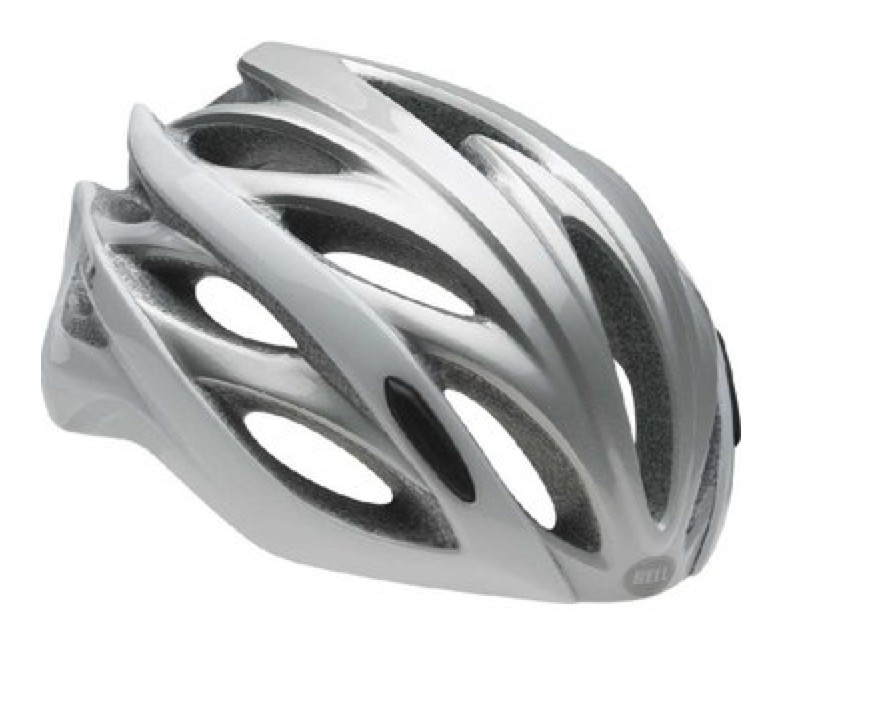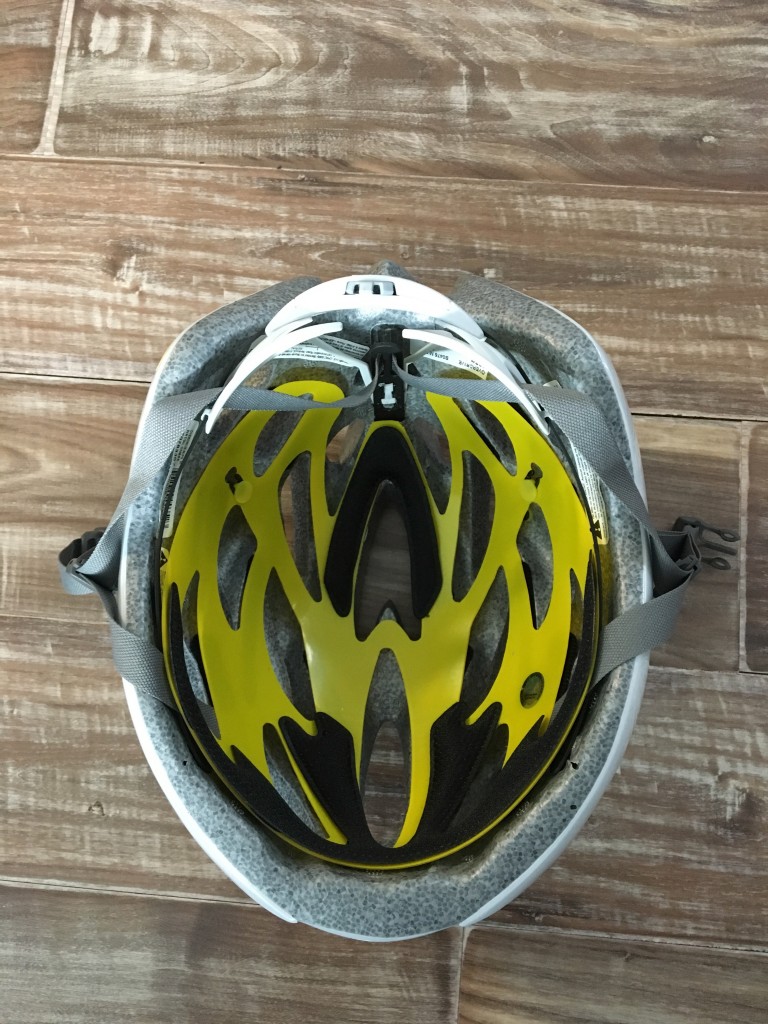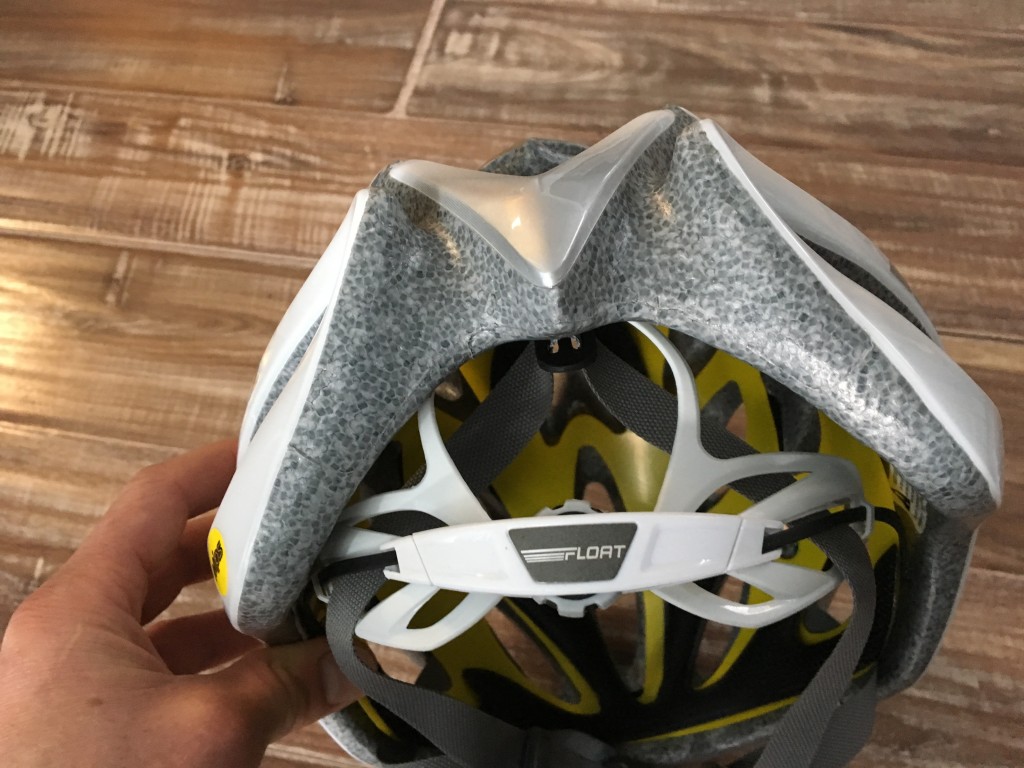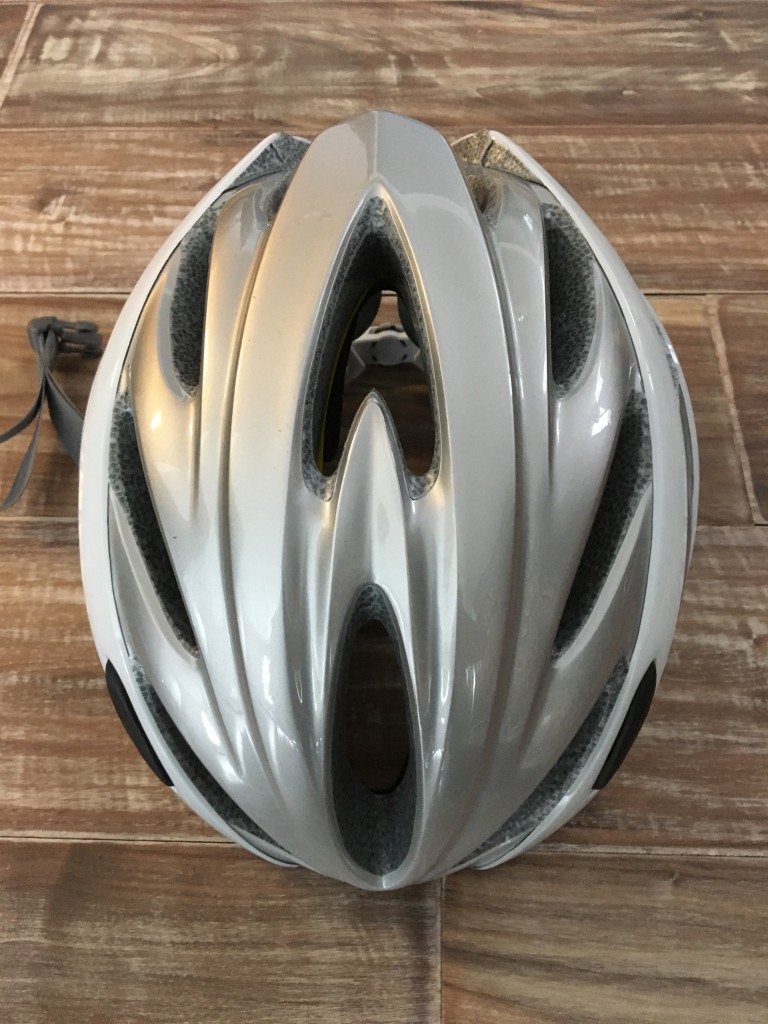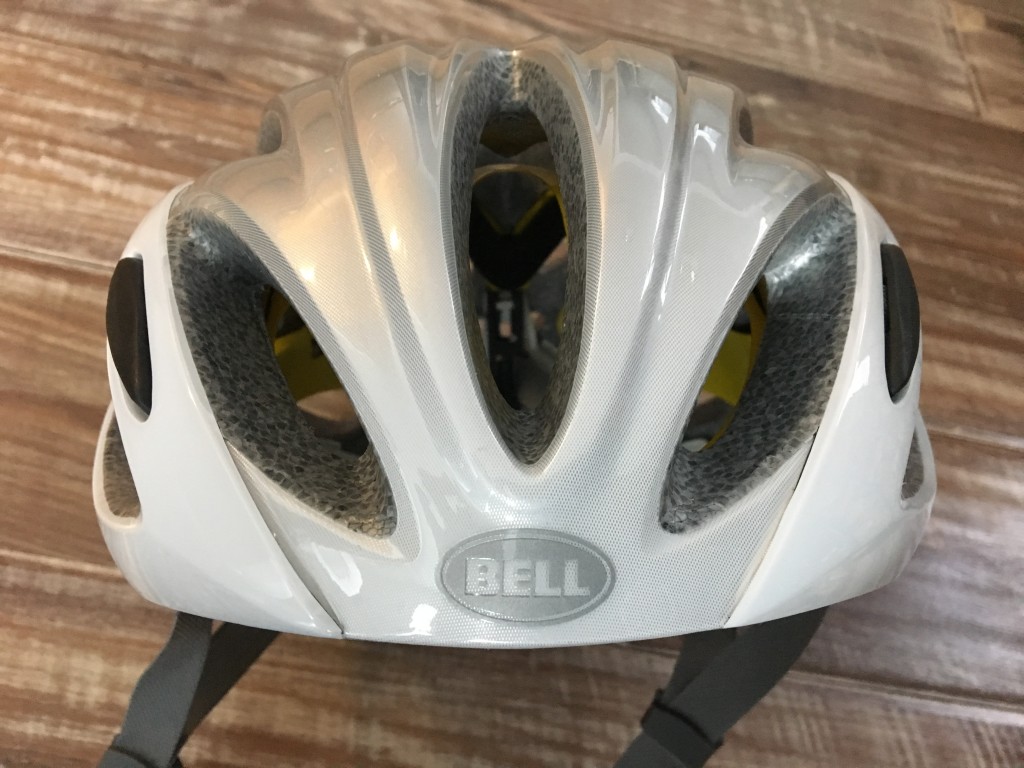Bell Overdrive Mips Review
Our Verdict
Our Analysis and Test Results
Performance Comparison
Comfort
The Float Fit System on the Overdrive does a reasonably good job of creating a comfortable fit. It is similar to the system used on the Bell Star Pro, but is more adjustable fore and aft for a better fit. The retention system does force the head forward into the front of the helmet, which caused pressure point issues for some of our testers. One of the ways helmet companies tend to trim costs on lower-end helmets is by using cheap, thin pads. The Overdrive is no exception.The pads are thin and easily compress, and are no match for the comfort provided by the padding in the higher-priced Specialized Airnet Mips.
The straps on the Overdrive were a pleasant surprise. They are thin, supple and feel good against the face. We generally don't expect to find straps this nice on a helmet in the $100 price range. The Giro Savant, also $100, has thick tubular webbing straps that are uncomfortable.
Adjustability
The Overdrive provides a good amount of adjustability, with a circumferential adjustment range of 55-59cm. The rubber coated click wheel on the rear portion of the band is easy to turn even with gloves on. With 2cm of fore and aft adjustment, the Overdrive will fit a wide range of head shapes. The Float Fit system is similar to the Roc Loc 5 adjustment system found on the Giro Savant and the Giro Aeon helmets.
The straps on the Overdrive are very adjustable with a floating, non-fixed rear anchor point, similar to the system on the Bell Gage. The floating anchor point allows for webbing to be fed from side to side to aid in centering the chinstrap buckle. The Y-buckles are also adjustable, so getting even tension on the front and rear straps is not an issue.
Weight
The Overdrive Mips weighs 314g, making it one of the heavier helmets we tested. It is a few grams lighter than the Specialized Airnet, but it is significantly heavier than the Savant.
Style
The Overdrive is a traditional-looking helmet with lots of vents. It does not have the high-end feel of the Specialized Airnet, and generally feels a bit cheap when compared to high-end helmets like the Giro Synthe. The front webbing straps have anchor points that pass through the shell, which tend to make helmets look a bit less high end. We prefer in-molded anchor points such as what you would find on the Airnet. Overall, the Overdrive is a decent looking helmet, and does include a Mips liner, a rare surprise at the $100 price point.
Ventilation
This contender is a well-ventilated helmet and competes with higher priced helmets like the Giro Synthe and Lazer Z-1. The Z-1 and the Airnet are both better ventilated, but the Overdrive is pretty impressive considering it only has 19 vents, compared to the 31 found on the Z-1. Regardless of speed, the Overdrive does a good job of keeping things cool and airy.
Durability
Lots of exposed EPS foam detracts from the durability score of the Overdrive. As is typical at this price point, the junctions between EPS and polycarbonate shell are not all that clean, leaving the EPS prone to damage from everyday wear and tear. The padding on the Overdrive is also pretty thin and cheap. It is very prone to compression over time and quickly loses its shape.
Best Applications
The Overdrive is a great helmet for the racer on a budget or for those just getting into road riding or training.
Value
The Overdrive Mips has a retail price of $100 and is a great value. There are not many Mips-equipped helmets in this price range, and the overall performance is good.
Conclusion
The Overdrive Mips is an entry-level helmet, with good all-around performance. While it may not be as plush or fancy as some of the higher priced helmets we tested, for $100, it is a bargain.


